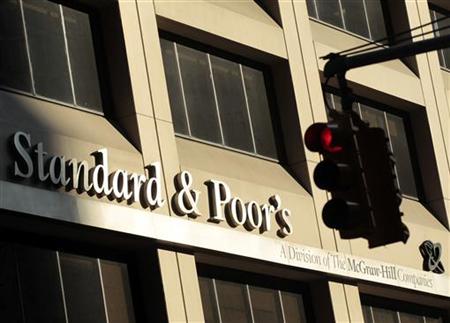The Downgrade's Real Casualties

Suzy Khimm at the Washington Post astutely identifies them: city governments. Which in turn means, still more local austerity to come:
S&P’s is poised to downgrade thousands of municipal bonds that are directly tied to the federal government, with an announcement expected later this week. In July, Moody’s recommended downgrading 7,000 muni bonds if the U.S. credit rating went down. While this secondary wave of downgrades is unlikely to shock the municipal bond market, it could reveal the vulnerable finances of some of the country’s more fiscally troubled towns and cities, ultimately putting them on shakier footing by making borrowing more expensive.
On the surface, municipal-bond watchers seemed relatively confident about the near-term health of the $2.9 trillion municipal market, where bond yields have remained low -- a key indicator of investor confidence.
“The trend has been that they’ve been benefiting from the flight to security,” said Richard Ciccarone, managing director of McDonnell Investments. The bonds most likely to be downgraded will be “the safest of muni holdings” most closely tied to Treasurys, Ciccarone adds. The thinking goes: Because investors haven’t abandoned Treasurys, they won’t flee from muni bonds, either.
Many states and cities forced by law to balance their budgets have made painful, sweeping cuts to improve their balance sheets this year, and they’ve anticipated further cutbacks in federal aid. And they’re going to be better positioned for whatever comes next.
But then there are states and municipalities relying more heavily on federal support that are already on shaky fiscal ground. The federal government has committed to slashing trillions in funding under the debt-ceiling deal, and as such cuts materialize, they could have an outsize impact on these municipalities.

